The Watersnoodmuseum (‘Flood museum’) is all about the extraordinary stories of ordinary people and their experiences with water. Starting with the flooding disaster during a storm in 1953, it moves on to show you the rebuilding period and modern Delta Works.
In Zeeland, a province in the southwestern part of the Netherlands, lies Ouwerkerk. Ouwerkerk is a small village in a quiet area. If you’re coming from a city area like Rotterdam, then you’ll love the road that takes you there. With every kilometer, you see more green, water, and beautiful houses. It feels like you’re on holiday even though Ouwerkerk is less than an hour’s drive from the bustling city of Rotterdam.
The Watersnoodmuseum (‘Flood’ museum) is linked to a disaster in the history of the Netherlands. An event that is uniquely linked to the very existence of the Netherlands, as part of the country lies below sea level. Without the dykes, the people living in the western part of the country (the ‘low lands’) wouldn’t be able to live there. If the seawater level rises and the sea defenses are damaged, many people could die.
This sounds way more dramatic than I experience living here. Such thoughts are not part of my daily life, but that is mostly because I am confident in our civil engineers’ skills.
Watersnoodmuseum
“It is the night of Saturday 31 January and Sunday 1 February 1953. A severe north-westerly storm pushes the waters of the North Sea up high into the English Channel. Even before springtide has reached its highest point, the dikes break in the southwest of The Netherlands.” Source: Watersnoodmuseum website
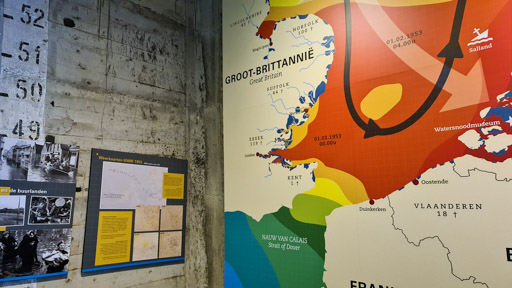
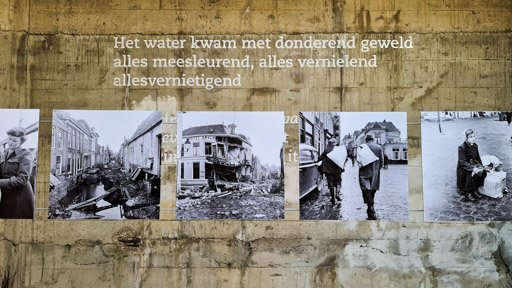
After entering the museum, you will learn about the Night of the Flood through personal accounts of survivors, rescue workers, and officials. The photos show the damage and the desperate flight of many. What do you do when your rooftop is not high enough to keep you from being swallowed by the sea?
The exhibition rooms are named after the caissons (watertight retaining structures used to form a dam) that keep the water out. Where the first caisson tells you more about the disaster itself, the second focuses on the despair of the people chased by the water. In the blue multimedia room, you can listen to stories of the victims. These are told in Dutch only, but even if you can not understand the spoken text, the blue (‘water’), gravel and concrete make you feel like the water can come at you anytime. Most other things in the museum have English translations.
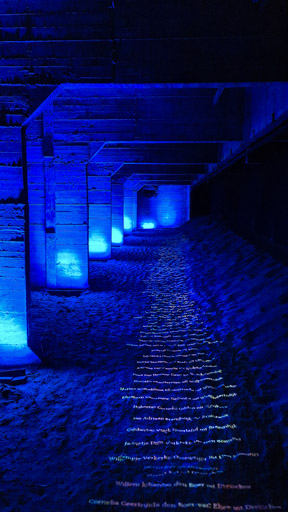
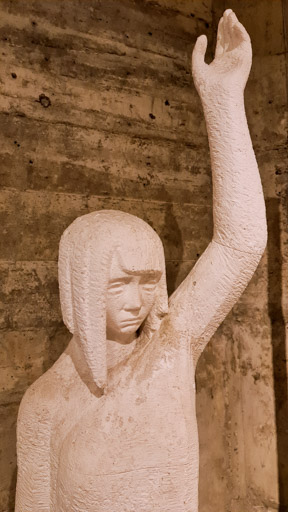
After the disaster, it is time to repair and rebuild. The Delta Works, one of the most revolutionary hydraulic engineering projects in the world, was implemented to protect the area from further floods. It took until November before the sea was finally contained and people could once again live in the area. You can walk inside the ‘house of Ingrid’ to see how people in the Netherlands lived in the 1950s. It reminded me of the houses of my great grandparents.
As said before, the battle never ends for those living beneath sea level. In the fourth and last caisson, adults and kids can enjoy the (virtual reality) games and try to prevent future disasters. Some of them are a lot of fun (notwithstanding the seriousness of the subject). A movie shows you more about men’s struggle against water in all parts of the world.
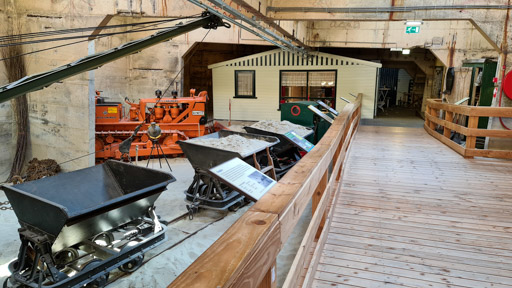
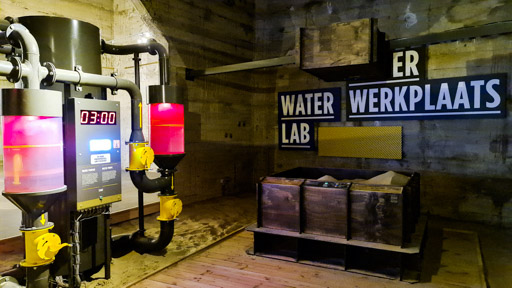
Experience
I found the Watersnoodmuseum a very interesting museum to visit. History, present, and future is visualized. There is plenty to see in different formats. After exploring the first caisson, you think you’ve finished the museum, but there is plenty more to see after that. It is worth visiting!
The museum is housed in a former war shelter, right next to the sea. Because the objects are huge and all around you, for example, the blue multimedia room, the house of Ingrid, and full-size excavators, it becomes an interactive experience where you are part of the disaster and rebuilding. Never forget that you are walking below sea level when visiting this part of the Netherlands!
Visiting the Watersnoodmuseum
How to get there
The Watersnoodmuseum is less than an hour’s drive from Rotterdam. You can park right in front of the museum. If you’re traveling by public transport, you have to take the train to Zierikzee (takes about one hour) and rent a bike for the last part (25 minutes’ bicycle ride).
Location: Weg van de Buitenlandse Pers 5, 4305 RJ Ouwerkerk, Netherlands
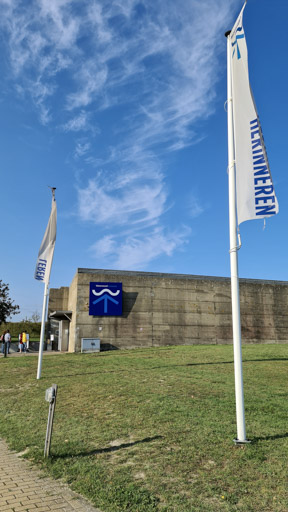
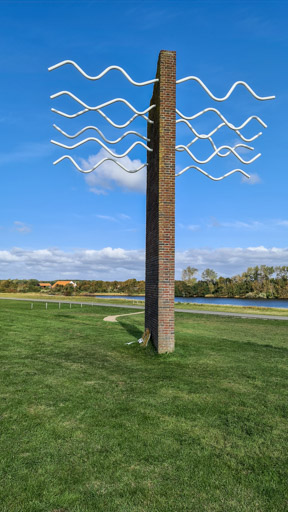
Opening hours and tickets
The Watersnoodmuseum is open daily from 10:00 until 17:00.
Tickets are 10.50 EUR for adults or 6.50 EUR for kids between 5 and 12. Kids under 5 are free. Because of the corona measures you have to reserve a time slot in advance.
Nearby: Zierikzee
After visiting the Watersnoodsmuseum, you can explore the historic city center of Zierikzee, the nearest ‘big’ city. It is a great place to have lunch as well.
A photo impression of the beautiful buildings you can see here:
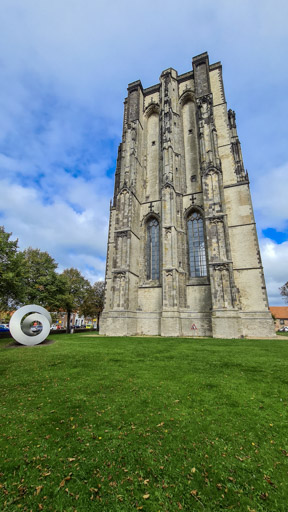
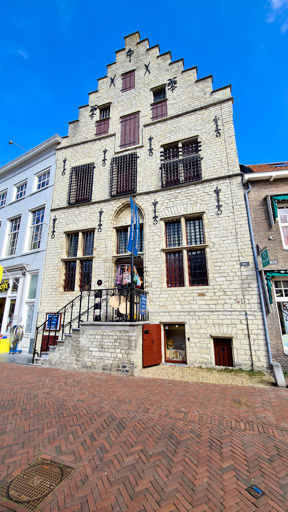
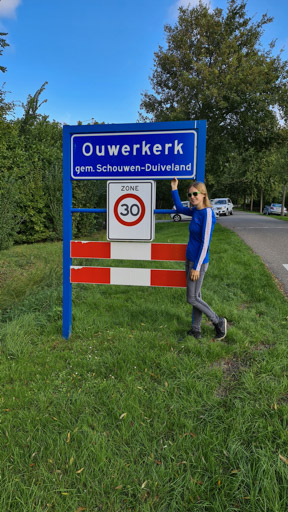
Nearby: Ouwerkerk
This is probably only fun for me and my namesakes, but if your surname happens to be Ouwerkerk, then you have to take a picture with the place-name sign. And if you have a different surname: take a picture anyway and tag me @wheretokim on Instagram!
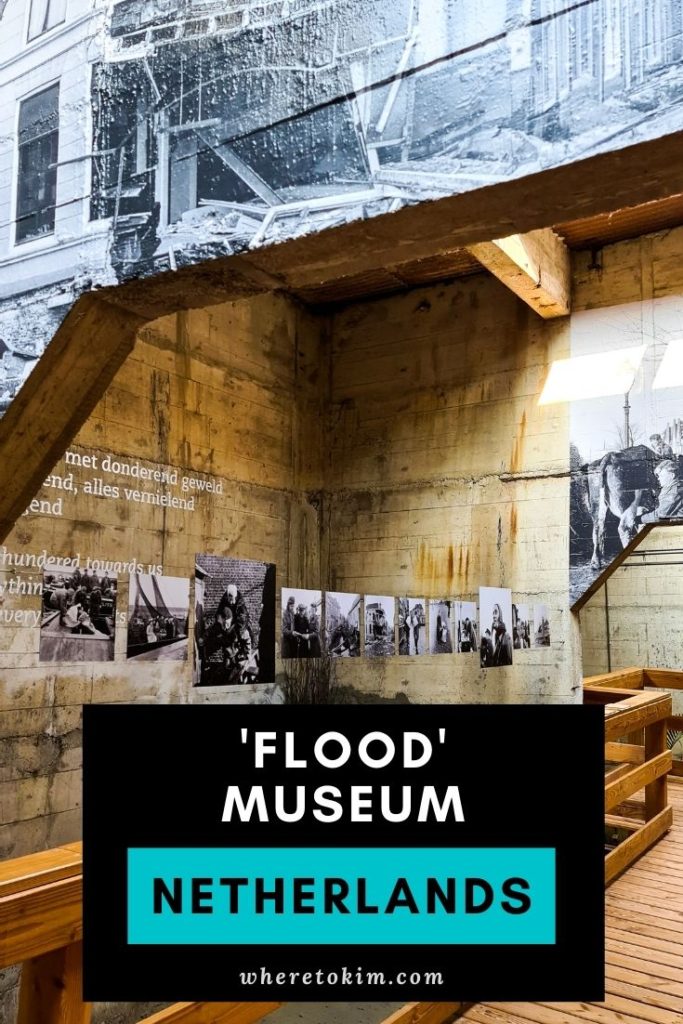







Is two hours enough time to reasonably experience this museum? How much did you take?
Hi Paulus,
Yes, that’s plenty. We took an hour and a half.
Kind regards,
Kim